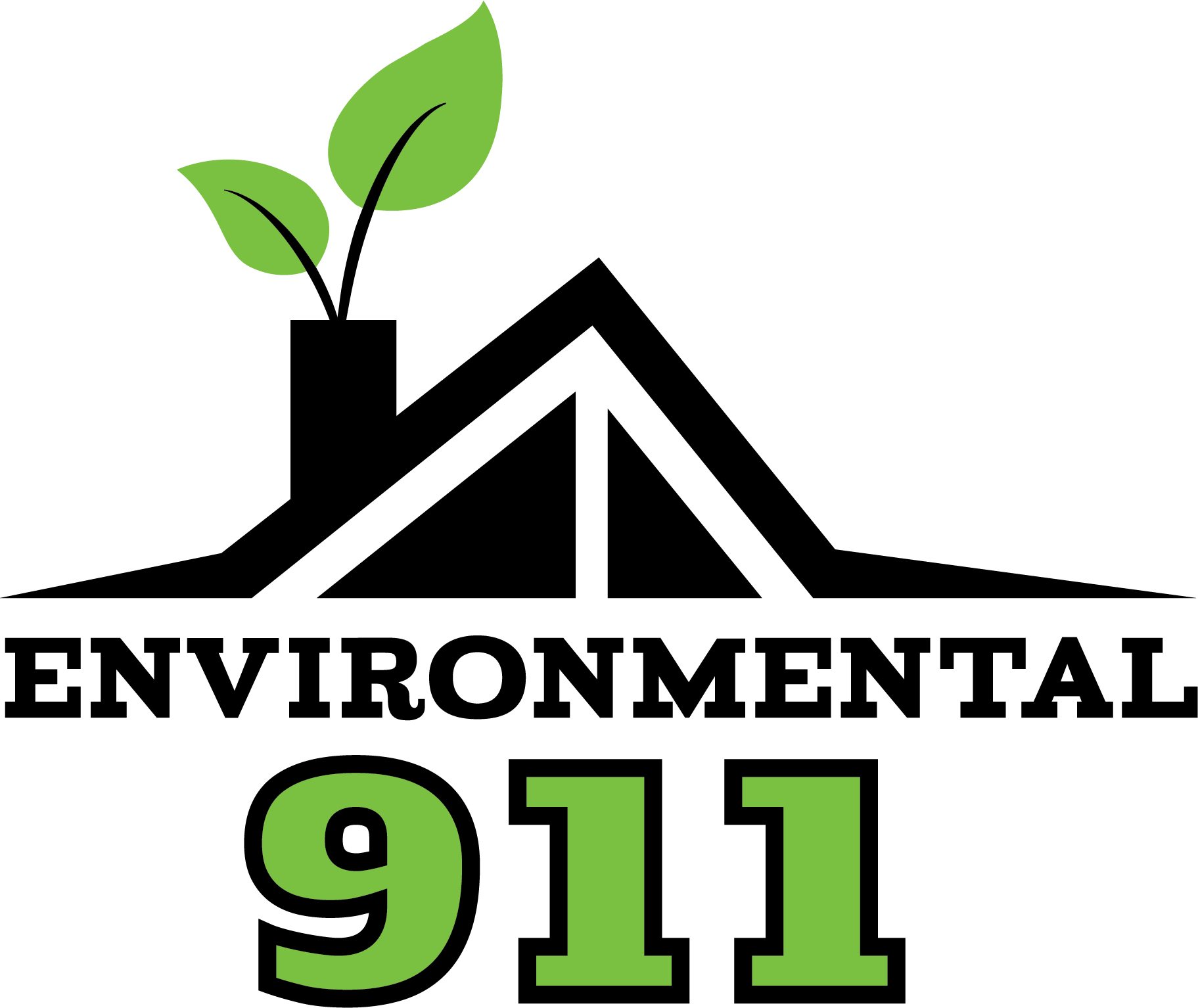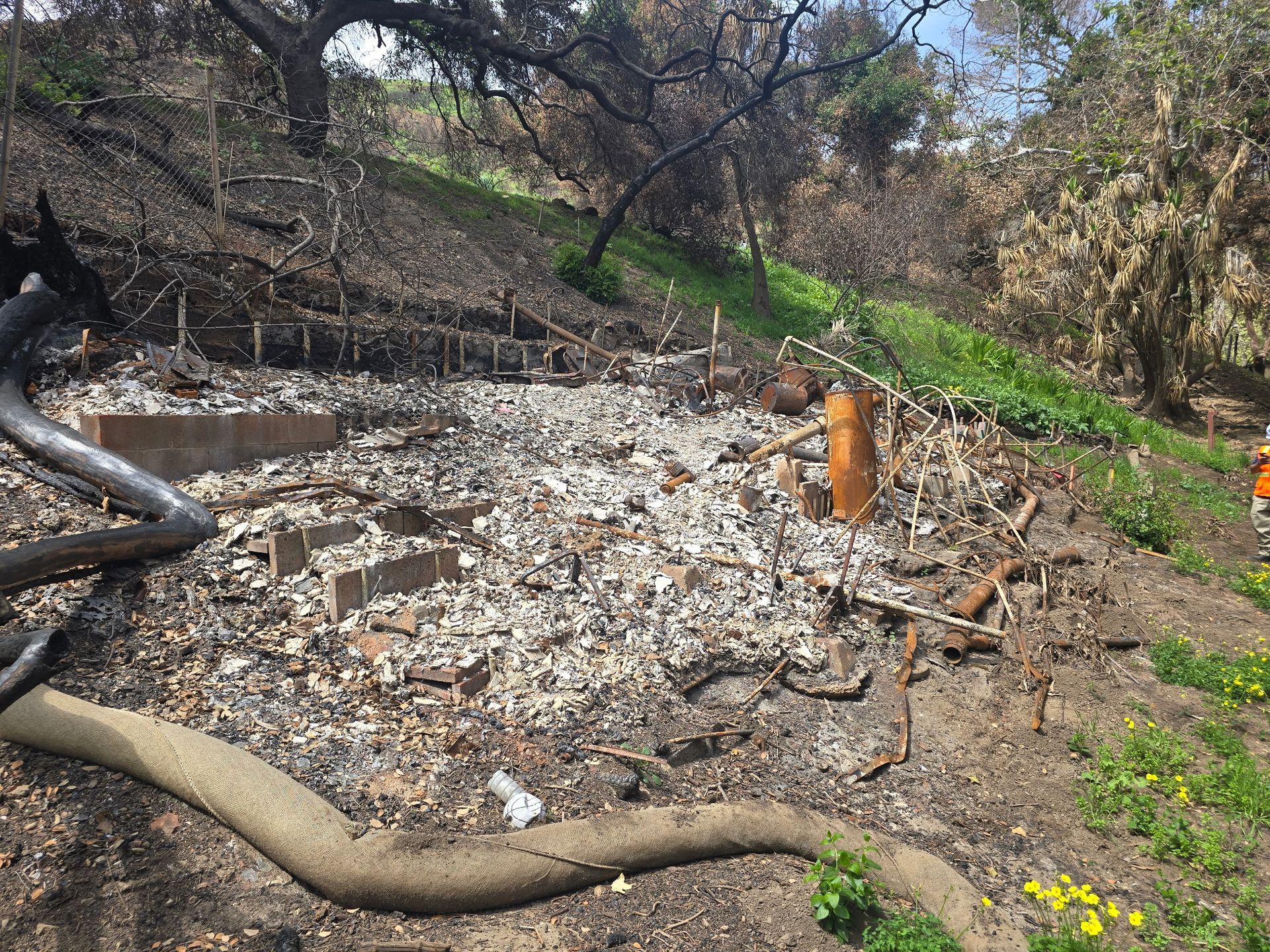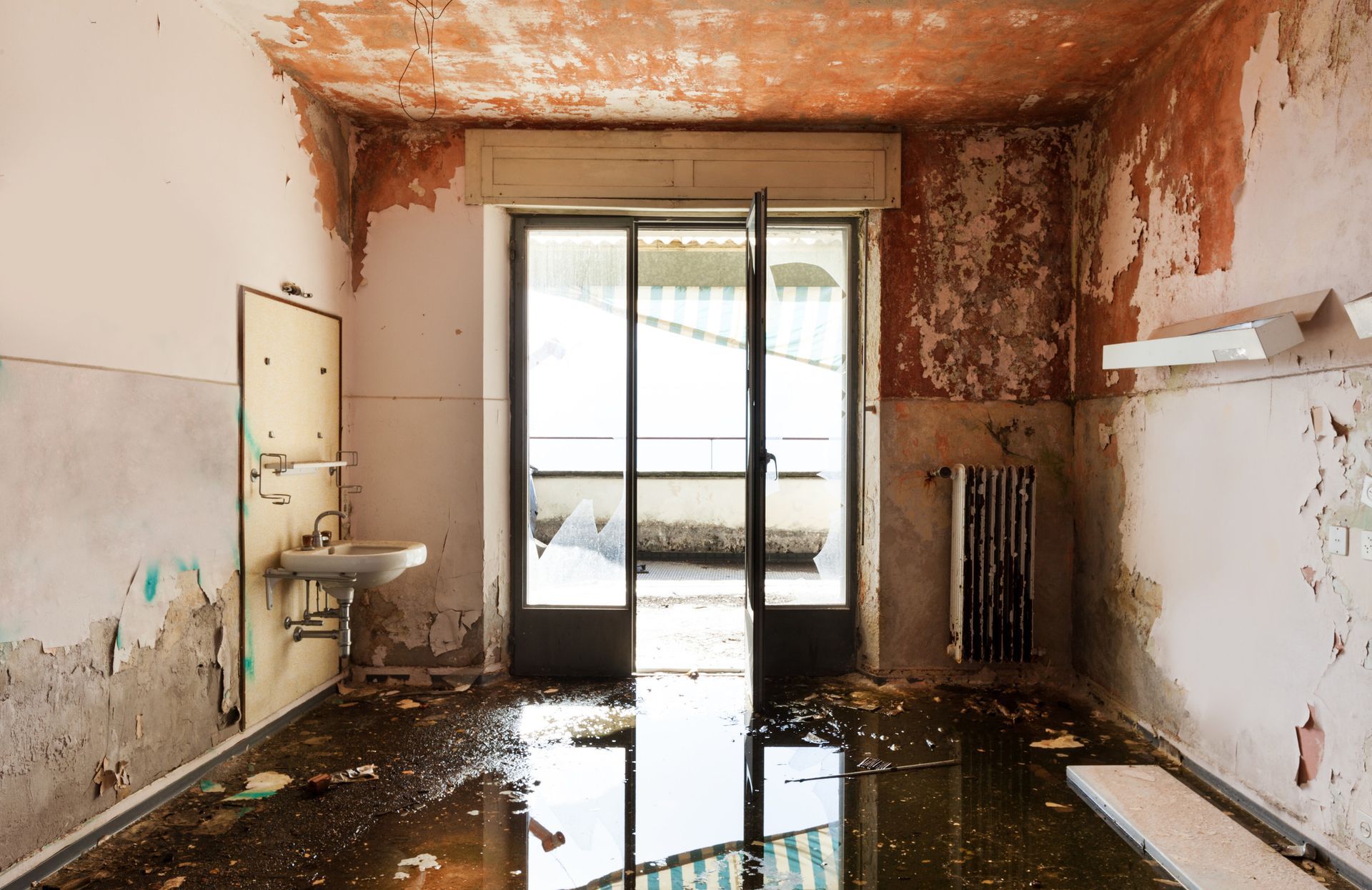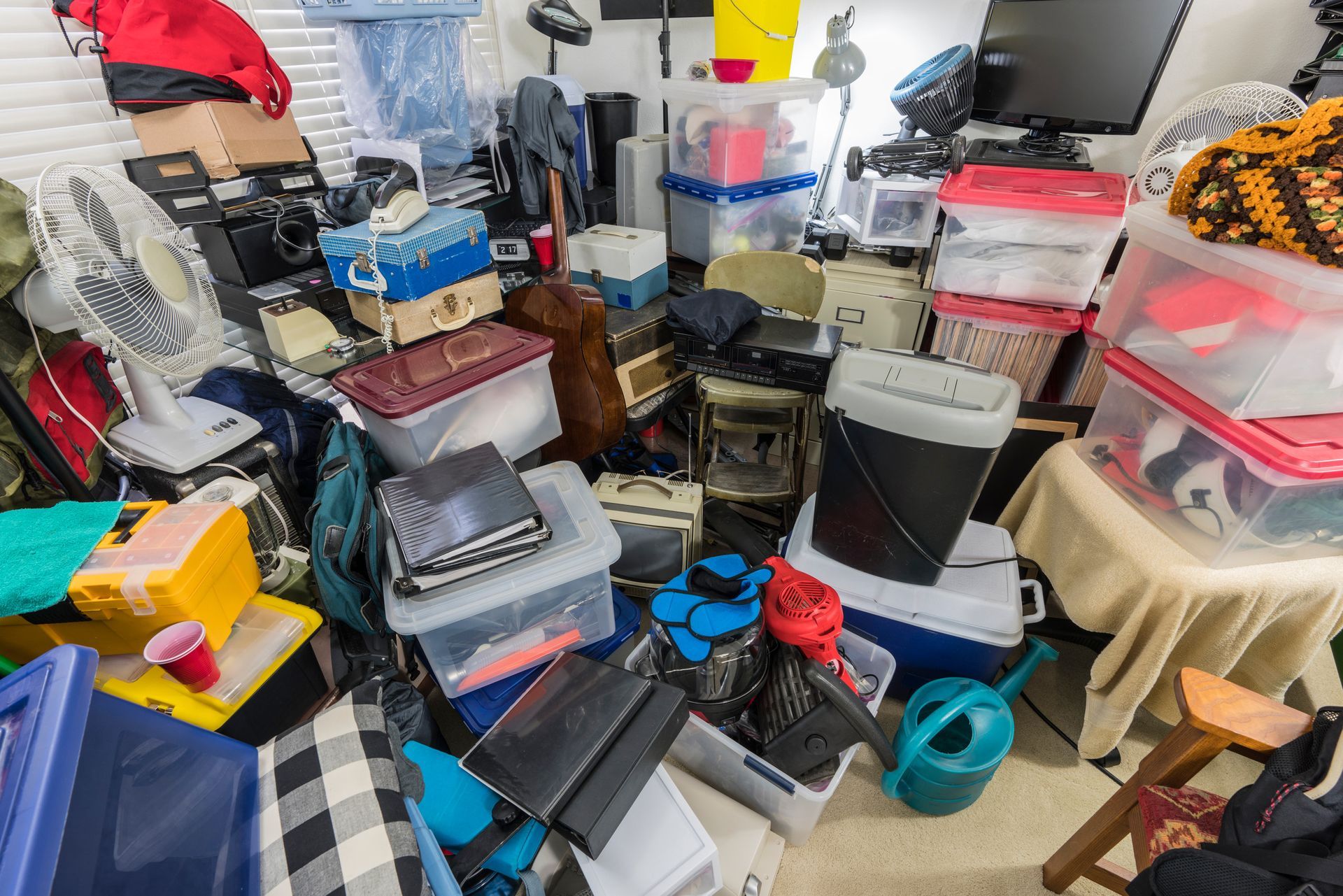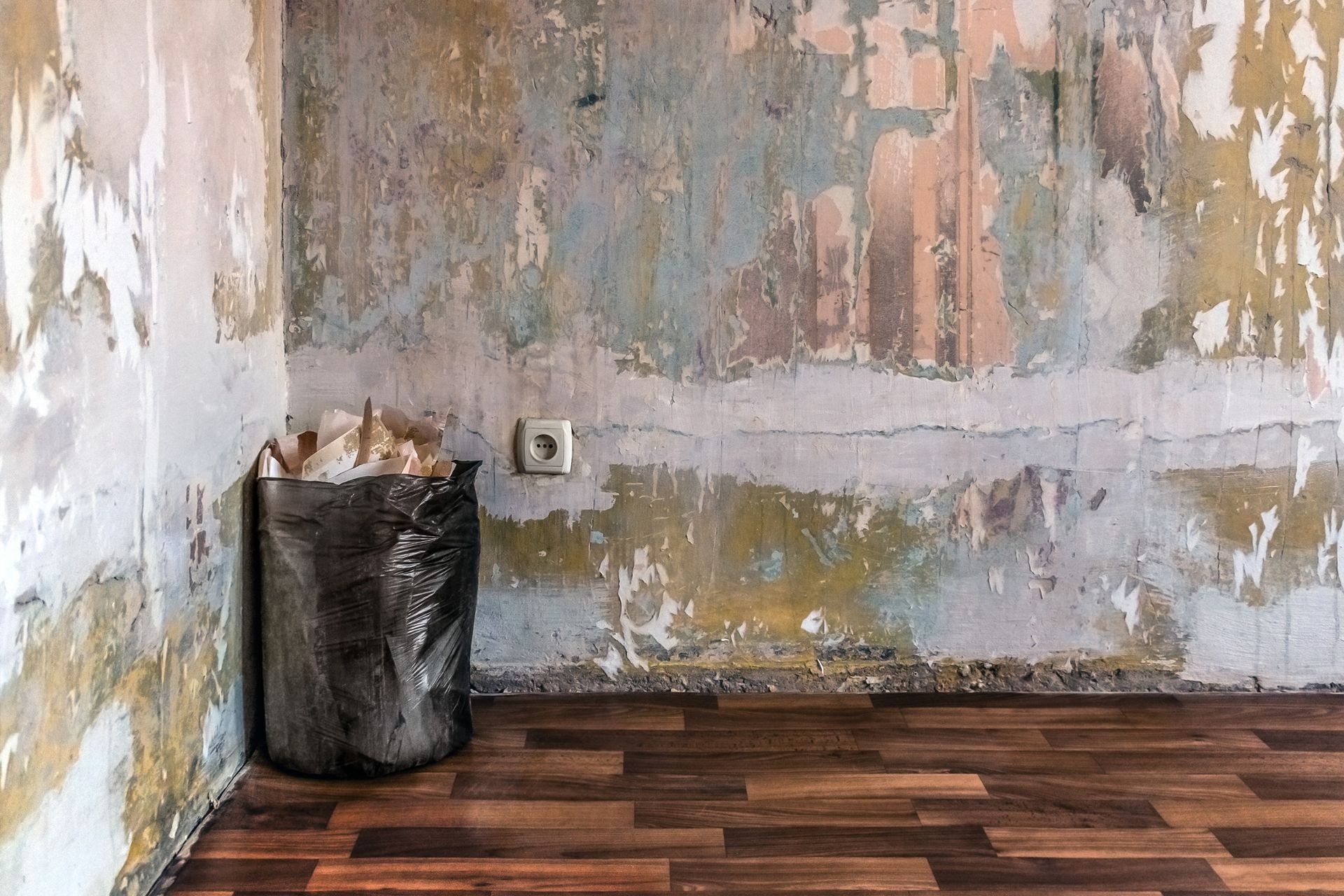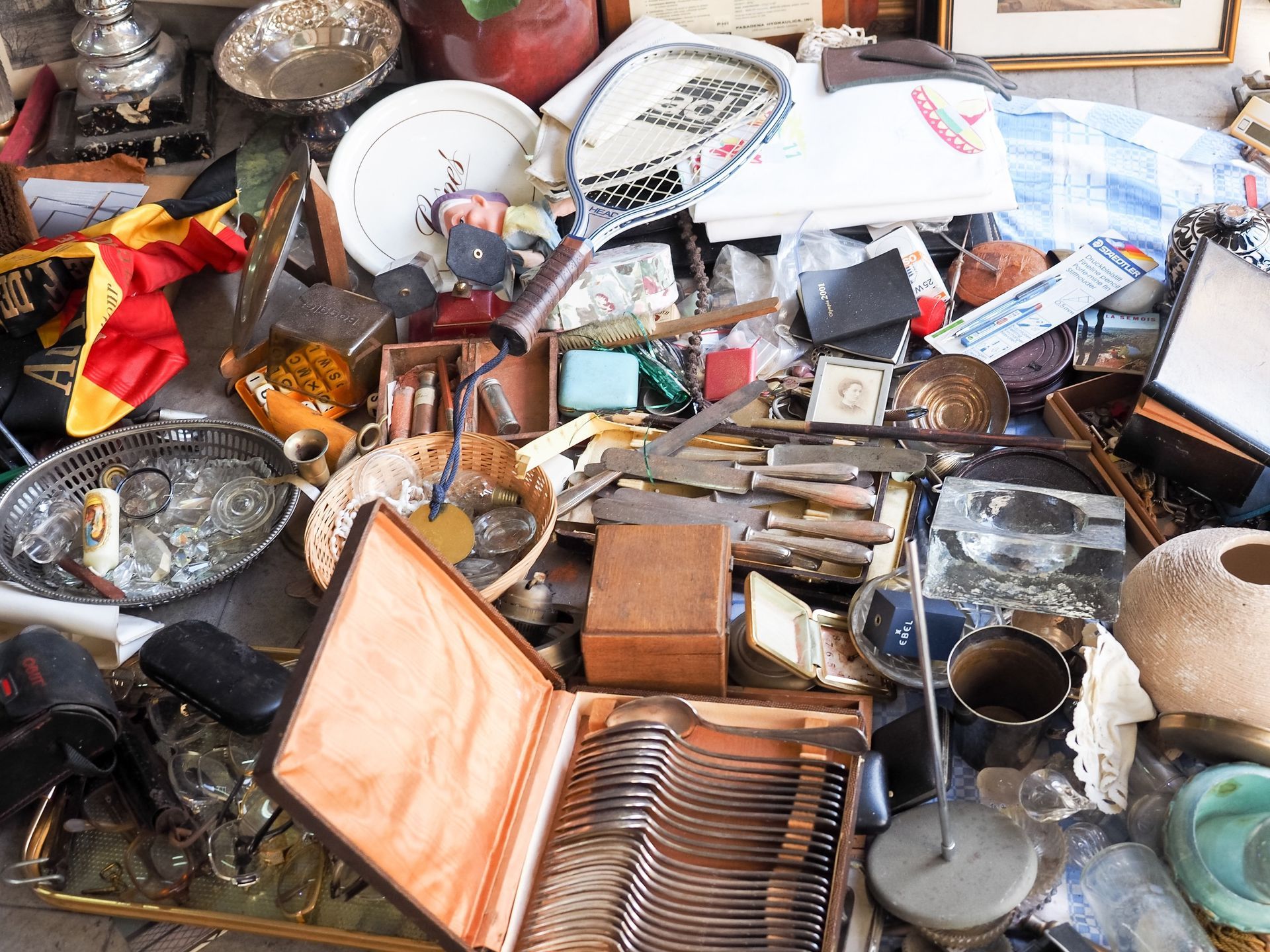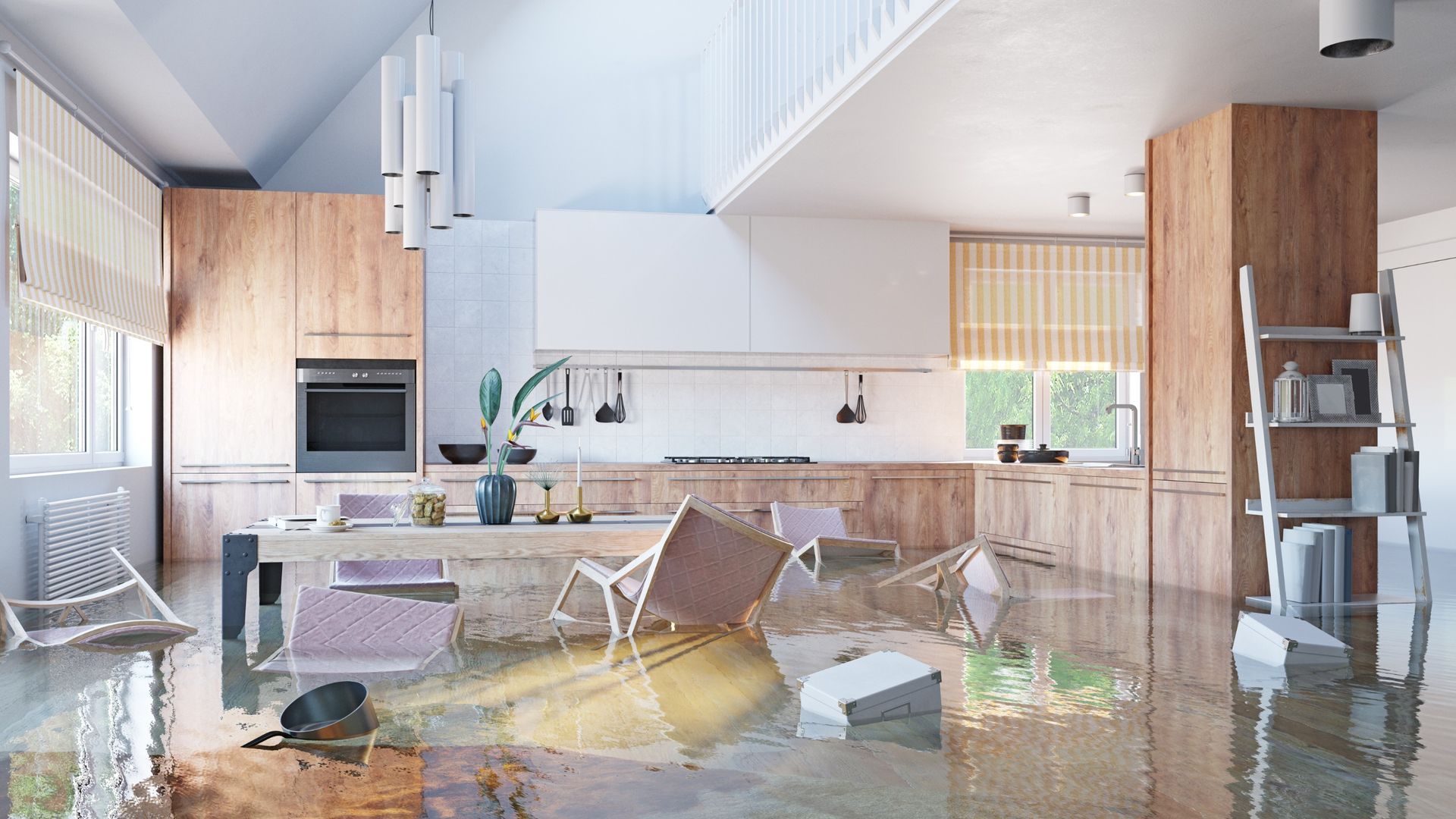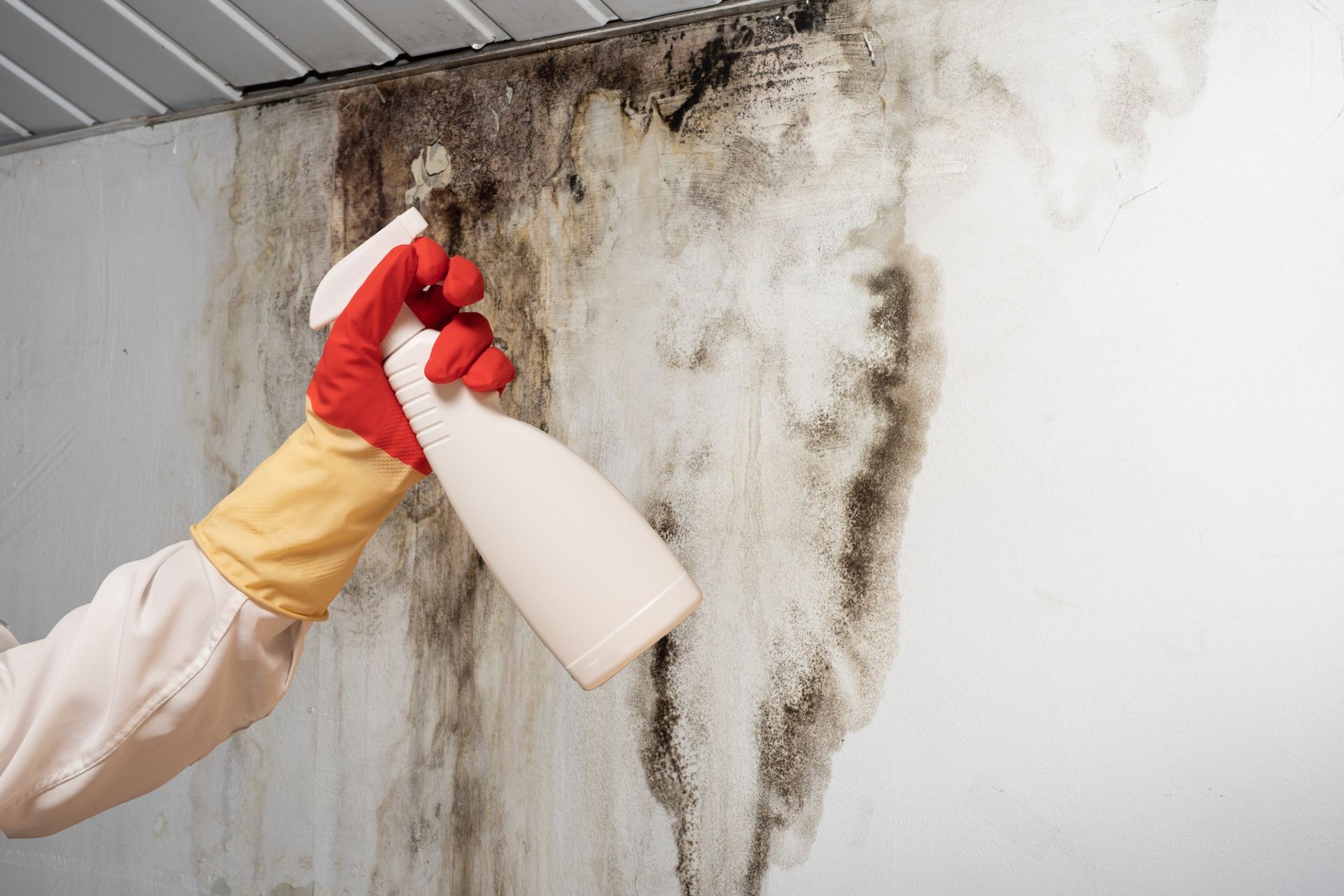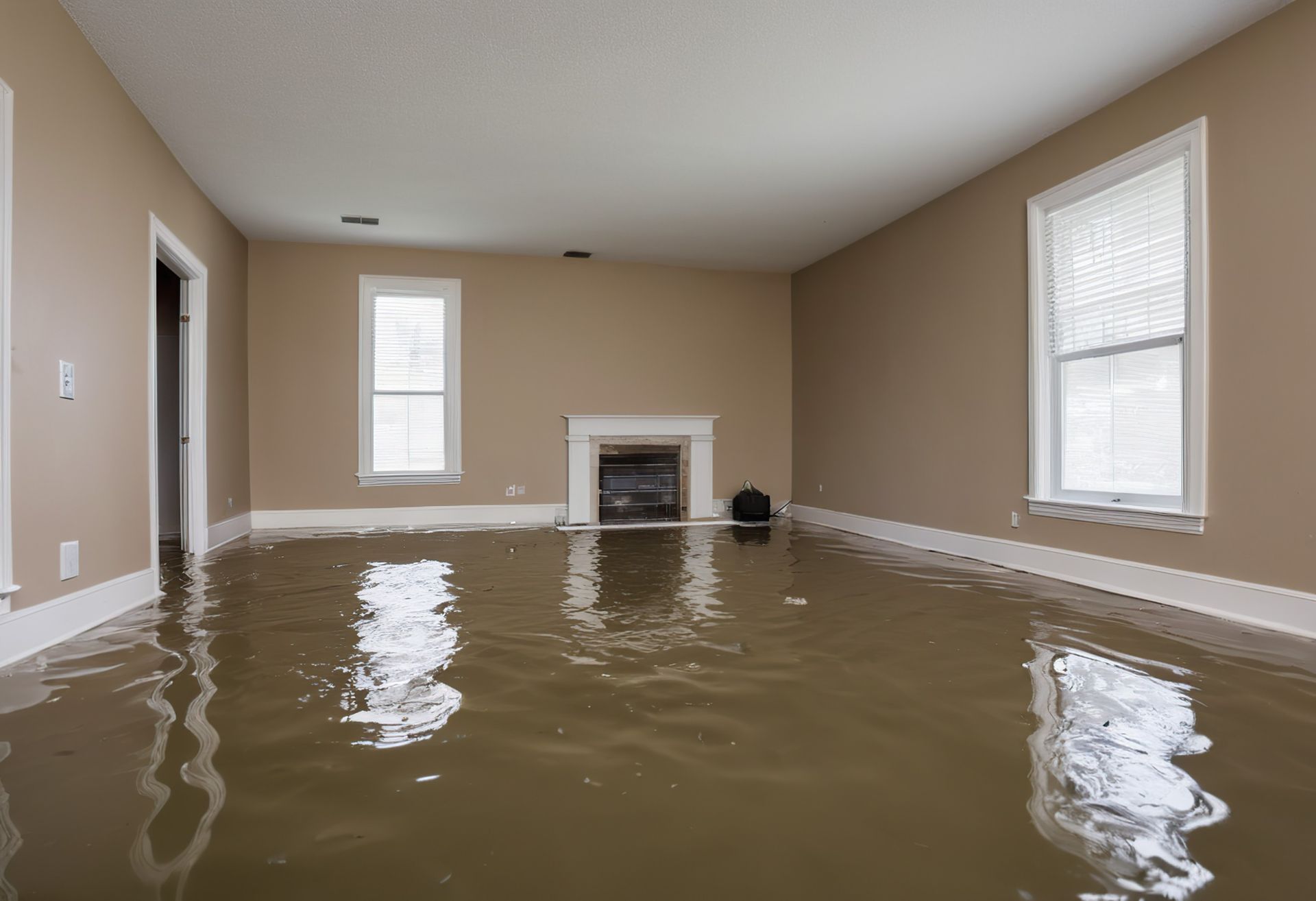How to Get Ahead in Mold Remediation with Mold Removal
Mold remediation can be tricky, but with the right approach, it doesn’t have to be a hassle. This blog post will advise you on some mold remediation strategies to get ahead in the battle against mildew and fungi growth. Find out how to identify potential problem areas and create plans for effective
mold removal that are both long-term and cost-efficient solutions!
Mold Remediation and its Benefits
Mold remediation is the process of removing mold from homes and other indoor spaces and preventing its return.
Mold is typically the result of or indicator of a moisture problem. Either from a leaking plumbing fixture, window, roof, or atmospheric condition.
Mold spores naturally occur in our environment, but when they find their way into a damp or dark place, like a basement or bathroom, they can grow out of control.
Mold growth can cause health problems for those living in the space, including respiratory issues, headaches, skin irritation, and more. It can also lead to extensive damage to your home if not treated properly. This is why it’s important to take steps to remediate mold as soon as possible.
Establishing a Plan of Action for mold remediation
Mold remediation is an important process that must be done to keep your home or office building safe and healthy. The primary goal of mold remediation is to remove any visible signs of mold and prevent it from returning.
It is important to note that mold growth can cause health concerns, so it is important to take the necessary steps to keep your home or business safe.
- Identify the source:
The first step in remediating a mold problem is to identify its source. It can include water sources such as leaky pipes, excessive moisture, flooding, improper ventilation, insulation issues, or other environmental factors.
- Plan to address the issue: Once the source has been identified, the next step is creating an action plan to address the issue.
- It includes identifying any structural damage caused by the mold and assessing how extensive it may be, determining the potential health risks associated with mold.
- Determining which areas need to be treated and what materials are required for remediation (HEPA vacuums, antimicrobial cleaners).
- Selecting appropriate protective clothing for workers doing the job.
- Establishing protocols for containment and
asbestos clean up procedures.
- Creating a monitoring plan for ensuring that any remaining spores have been eliminated.
Furthermore, there should be plans to prevent future infestations, such as fixing any identified water leaks, installing dehumidifiers, improving ventilation systems, and regularly inspecting areas prone to mold growth.
With all these steps in place, you can rest assured knowing that you’ve taken every possible precaution against future infestations of hazardous molds.
Effective Mold Removal Strategies
The most important part of any mold removal strategy is prevention.
- Limit moisture levels:
Limiting moisture levels in your house is key, as mold needs moisture to grow and thrive. It means ensuring water leaks are fixed quickly, reducing humidity levels in bathrooms or kitchens with ventilation fans, and using dehumidifiers to reduce moisture levels in damp basements.
- Watch out for signs of humidity:
Also, keep an eye out for condensation on windows or other surfaces, as this can be an early warning sign of excess humidity that could lead to mold growth.
- Focus on prevention: The best mold remediation strategy is to focus on prevention rather than waiting till the problem manifests its ugly head. Install dehumidifiers in your home or office, address any stale water logging immediately, and call professional mold remediation experts as soon as you see signs of mold and mildew.
Cost-Efficiency Tips for Long-Term mold remediation Solutions
Mold remediation is difficult and often expensive, but it can be done cost-effectively with proper preparation and planning.
Long-term mold remediation solutions are ideal for homeowners who need to take preventive measures against future mold issues or those who have already experienced extensive property damage due to mold growth.
Several tips can help homeowners save time and money when dealing with long-term mold remediation solutions.
- Invest in proper ventilation: The first tip is to invest in proper ventilation and air circulation. Poor ventilation allows moisture to accumulate, which can lead to mold growth. Installing exhaust fans, adding windows or vents, and dehumidifiers are all great ways to reduce humidity levels and cut down potential sources of moisture. Cleaning ducts can be a breeding ground for dangerous spores, so make sure you regularly clean them out.
- Inspect your roof: Another key way to prevent mold from becoming an issue is to inspect your roofing materials for signs of wear or damage. If you find any missing or cracked shingles or tiles, repair them immediately, as these can allow moisture into your home’s structure and create prime conditions for mold growth. If you're unable to do the repairs yourself, it's best to consult with a professional roofer who will be able to inspect the entire surface area of your roof and identify any areas where water may be leaking into your home.
- Look out for water logging: You should also check around the outside—and inside—of your house for any locations where water could be pooling up due to blocked sprinklers or other drainage problems. Take care of any minor issues as soon as possible before they become expensive problems down the line.
- Seal any moisture entry points: Invest in sealants, if necessary, around windowsills or other points of entry that may contain excess moisture; these will help keep water from seeping in through cracks and crevices around doors or windowsills leading into your home!
- Ensure regular maintenance and cleaning: Lastly, ensure that you stay on top of regular maintenance tasks, such as cleaning gutters and downspouts, so that water doesn’t build up around the foundation of your house. It will reduce the chances of excess moisture getting trapped near the foundation walls.
These simple steps will save you lots of money down the line when it comes to mold remediation and management!
About Us
Mold is a serious health hazard and should be removed immediately from your home. Let
Environmental 911 help you through this unfamiliar process! Founded in 1999, we have been helping residents of California restore their homes struck by any natural or human disasters. Our services include asbestos and
lead abatement, mold and fungus removal, water extraction, and
fire damage restoration service. To inquire about
mold remediation in Pasadena, feel free to contact us at (626) 316-6651 or simply fill out our convenient contact form. We'll be more than happy to provide you with the information you need.
